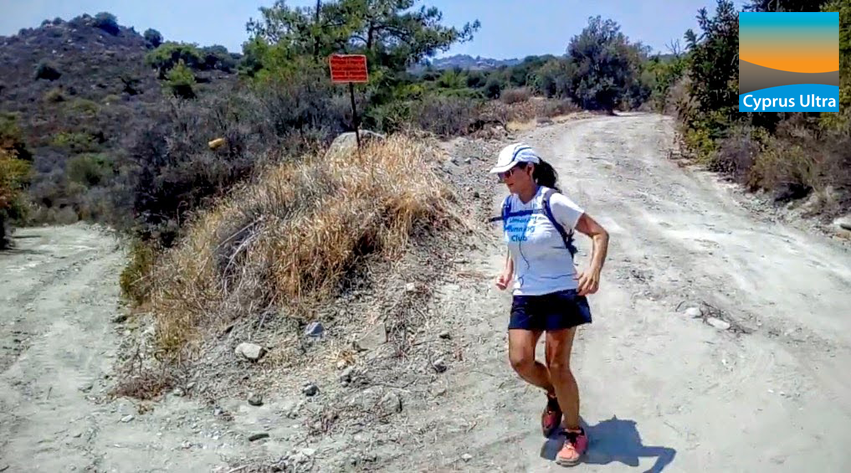
When I started reading about how to properly train in running about five years ago, I realised that except the beauty of running itself there is a LOT of information out there about how to train.
The beauty about this information is that most of it are results from debates between runners, physiologists and running training coaches. One of those many debates is how to train to acquire a threshold that will enable you to become better at your running. Threshold training otherwise known as Lactate Threshold, Anaerobic Threshold, Lactate turn point or lactate curve is mostly associated with tempo training. Because our muscles to produce energy contract and especially in high intensity running, lactate is rising which interfere with how fast or how far you can go with a particular speed. In more plain words is the effort, hard one, you can keep for about 5 to 6 miles (8 to 10km) before reaching exhaustion, and it's very close to your 10k pace. Now Lactate is not lactic acid, do not confuse the two, the muscles use lactate during stretching exercises. The muscles create lactate and then is turned into glucose by the liver. The glucose then is utilised by the muscles to produce ATP which fuels the muscles. In retrospect, lactate does not inhibit the muscles from working it helps them to slow down the glucose concentration resulting in better performance. As I said, tempo runs are associated with lactate threshold, and there is a good reason for that. You will encounter other names of tempo runs like Lactate Threshold runs, or cruise intervals or steady state runs, all of these are types of threshold workouts with various durations and rhythms. A threshold run is one that if you take blood from the runner, it should have 4mmol of lactate in its veins. Tempo runs require more recovery times, and you should have a tempo run scheduled at least once a week, and they should consider hard runs. I always hate tempo runs because they do ask of you discipline and performance, but they do bring you into a running shape that you do not want to be out on race day. In tempo runs, you train your body to work on anaerobic state, and it’s a state where the breakdown of glucose is not as efficient as aerobic metabolism. One single molecule of glucose when breaks down using aerobic metabolism will give. As a result, 20 times as much energy as that same molecule was broke down using anaerobic metabolism. Every race that lasts more than 2 minutes is predominantly aerobic for runner of all ability levels. Tempo runs have an immediate goal they fulfil. With tempo run, you train your body to resist fatigue caused by sustained anaerobic energy production, which produces chemicals changes in your muscles and a level of pure pain that tends to limit performance. Now threshold training should be challenging but not exhausting. You should finish a tempo run and feel that you can go for a bit more. As I mentioned in other articles, it's not a good idea to make too many changes at the same time. Here it applies the same, You either increase distance or speed. Here is an example, for distance, you can do 2 X 10 minutes Cyprus Half-marathon pace and then you can increase to 2 X 15 minutes at the same speed. For speed here is an example you can do 2 X 15 Half-marathon pace and increase speed by doing 2 X 15 10K pace. Always make changes gradually and one at a time, this way you give time for your aerobic system to adapt. Now for the last few years, I am using a technique called progression running and is a technique I read in Brad Hudson and Mat Fitzgerald’s book “Run Faster from 5k to the Marathon.” Here is an example of how it works. 2 miles easy (good warm up always) 10 min at my marathon pace goal 1 min easy (cooling down period) 10 min at my half-marathon pace goal 1 min easy (cooling down period) 10 min at my 10k pace goal 2 miles easy (cooling down period) After you finish this training you should not be tired; you should feel that you can do a bit more. I hope I helped. Have a healthy and happy day. My warmest Regards Andreas Michaelides Thirsty4health.com Comments are closed.
|
Categories
All
|
YOUR LOGO HERE - SPONSOR THE GREATEST ULTRA RUNNING CHALLENGE IN CYPRUS
|
Cyprus Ultra Marathon, Vasa Kellakiou, Limassol hills. Est. 2011.
Vasa kellakiou/sanida/kalavasos 21km loop created by Michael Rivers. |
First ultra marathon in cyprus to accept BTC
|
World's first vegan ultra marathon
|












